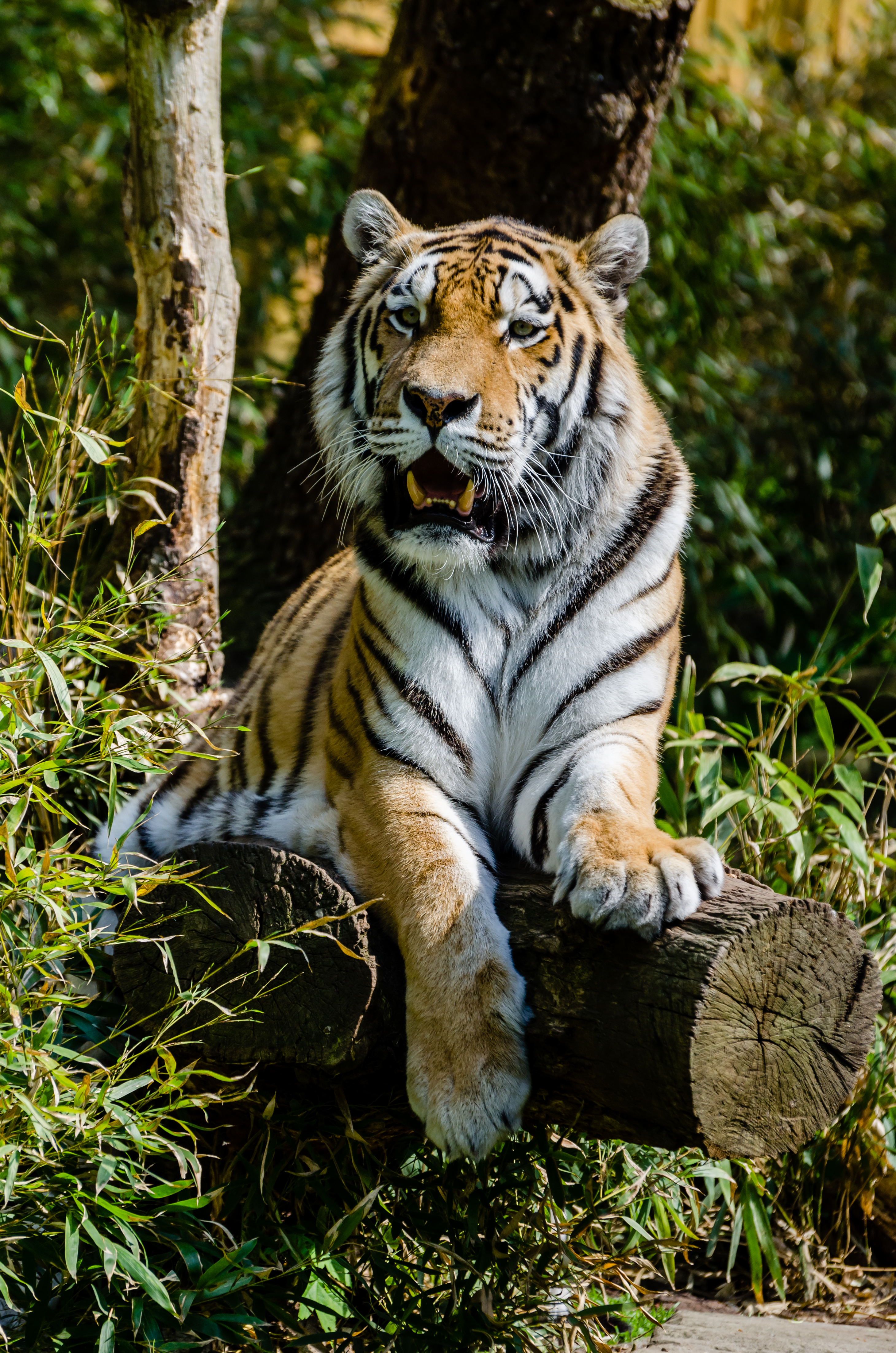The blog to end all blogs. Reviews and comments about all and everything. This blog is NOT affiliated with YouTube, Wikipedia, Microsoft Bing, Gemini, ChatGPT or any commercial vendor! Links don´t imply endorsement. Many posts and comments are ironic. The blogger is not responsible for comments made by others. The languages used are English and Swedish. Content warning: Essentially everything.
Saturday, August 11, 2018
Vladimir Nabokov
“Mammals of the Soviet Union” is the English-language version of an originally Soviet work in three volumes. The English translation dragged on for an additional two volumes, and it's not entirely clear whether the whole work was ever translated. To complicate matter further, the original work was unfinished and hence didn't cover literally all mammals of the (former) Soviet Union. Rodents, baleen whales and lagomorphs, among others, were not included. The work was overseen by V G Heptner (spelled Geptner in some library systems), the grand old man of Soviet zoology, and came to a screeching halt at his death in 1975. Despite this, and despite being very dated, the encyclopedia is still of considerable interest to scientists studying the Mammalia.
This is “Volume II, Part 2”, covering part of the Carnivora, more specifically hyenas and cats (felids). The original was published in Moscow in 1972. Heptner and A A Sludskii are listed as editors, while the illustrations are credited to A N Komarov and N N Kondakov. The scientific editor of the American translation is named Robert Hoffmann.
Some species dealt with in this volume may strike the unwary reader as surprising. In the West, we're used to see lions, leopards, cheetahs and hyenas as part of the charismatic African “megafauna”. Yet, the range of the lion extended all the way to the Caucasus until the 10th century, when it finally disappeared from the territories covered in this book. The cheetah can be found in Central Asia, the leopard in Central Asia, the Caucasus and the Russian Far East, and the striped hyena in the Caucasus and Central Asia. Since all these areas were part of the Soviet Union, these “African” mammals have found their way to the present volume.
The chief editor, Heptner, shows his “Russian” credentials when he rejects the vernacular name “gepard” for the cheetah, with the argument that it's bookish, artificial and a Western borrowing. He wants it replaced with “pardus”, a word found in old Russian chronicles!
The amount of information found in this volume is almost ridiculously detailed, and naturally, so are the references. How about Muminov's presumably classical 1967 study, titled (in Russian) “A new species of nematode (Troglostrongylus badanini sp. nov.) from the bronchi of jungle cat Felis (Chaus) chaus chaus Güldenstaedt 1776”, published in Dokladi AN UzSSR, Tashkent. A lot of “chaus”, there. Another favorite reference of mine is a book by one Mazák on the tiger, dutifully published in Wittenberg-Lutherstadt, and an article on the lynx published in a Soviet daily paper, Gazeta Leninskaya Pravda on March 24, 1956. Place of publication? Petrozavodsk in Soviet Karelia! Heptner's secretaries must have scanned the entire length and breadth of the Union (the Soviet Union, that is) for any conceivable tidbit of information on felids…
The most obscure source is a book by Vladimir Nabokov, “The Song of Igor's Campaign”. Nabokov is, of course, otherwise mostly known for his novel “Lolita”! I'm not entirely sure why this bête noire (pun intended) is included in an encyclopedia of Soviet mammals, but perhaps Igor was accompanied by big cats?
Probably indispensable if you are a big cat nerd, but otherwise, this might be just a bit too much to handle…
Subscribe to:
Post Comments (Atom)

No comments:
Post a Comment